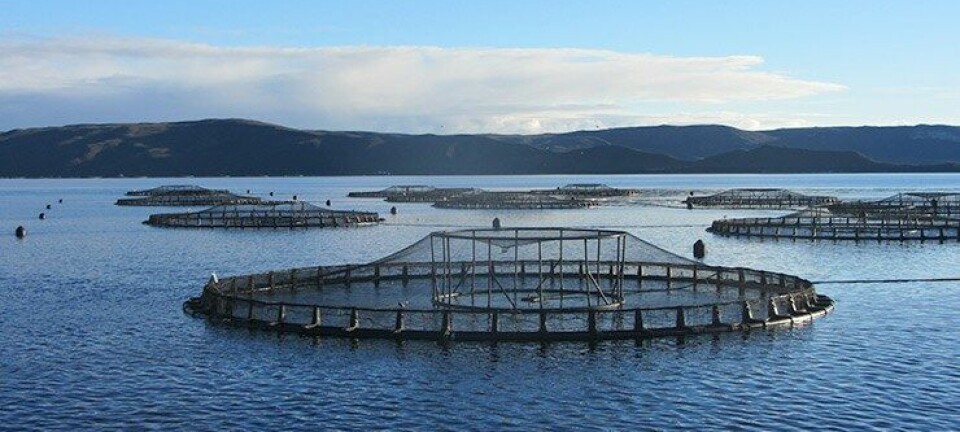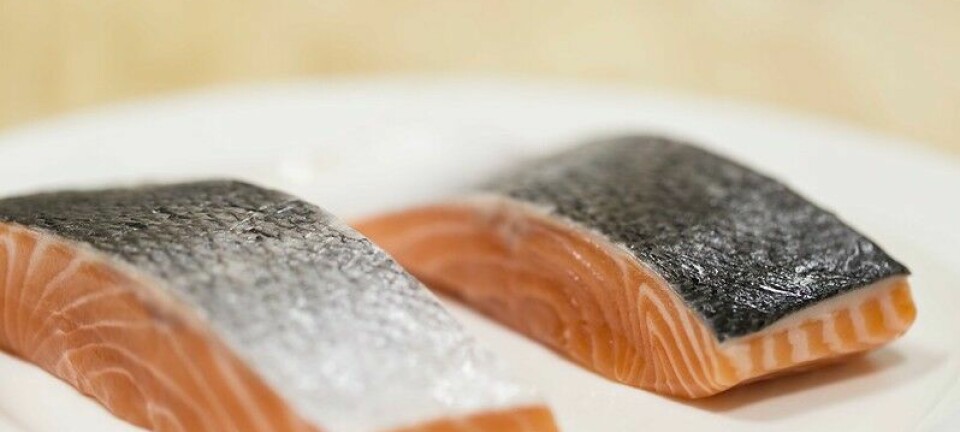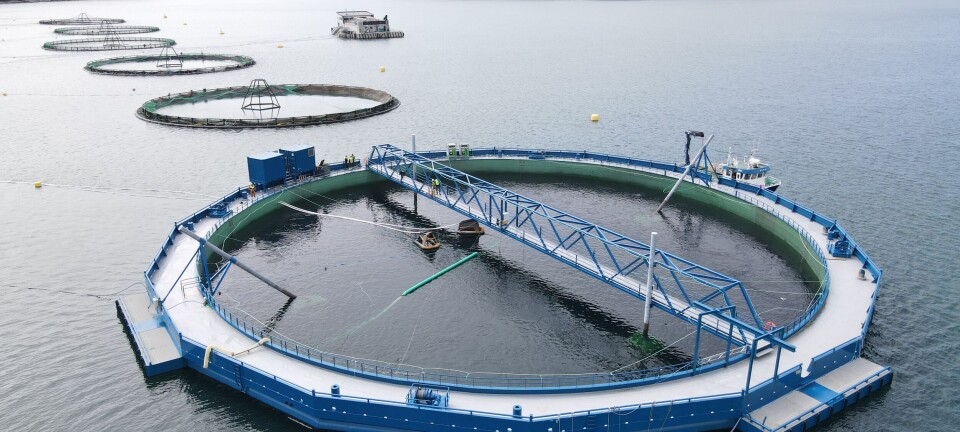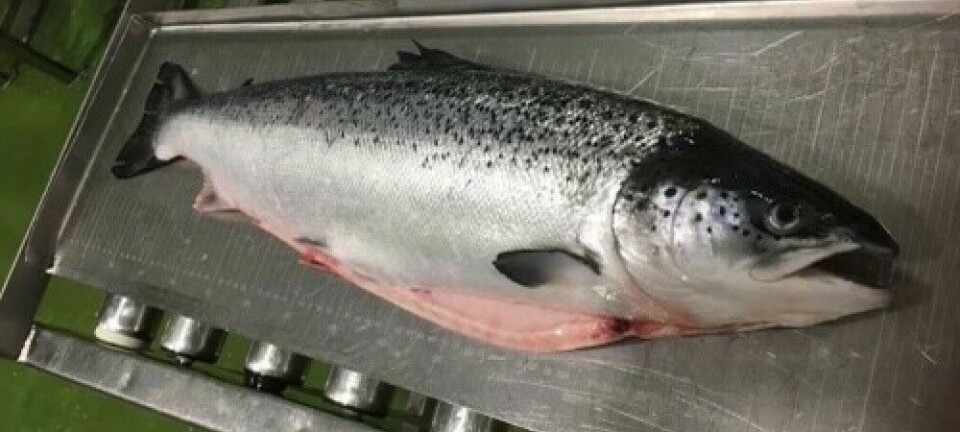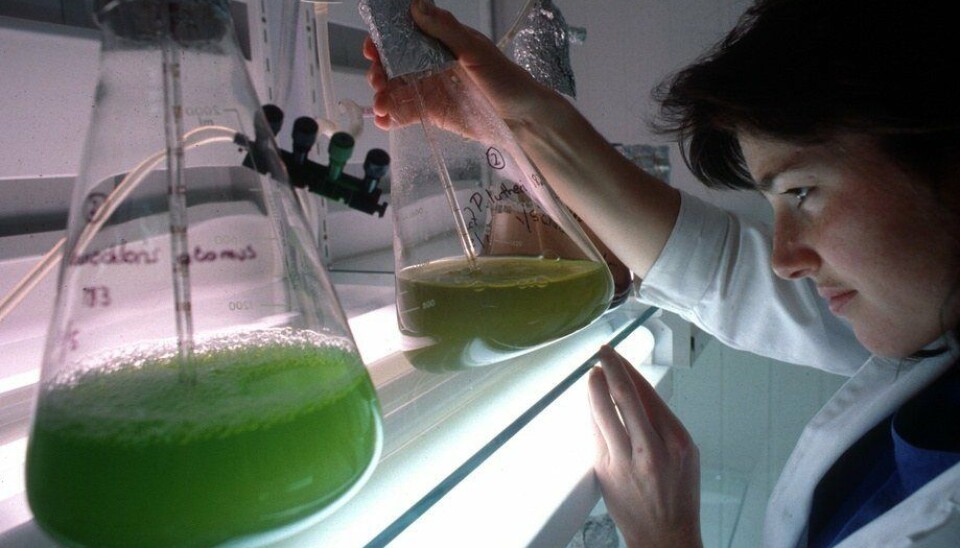
Microalgae emerge as a natural alternative to combat SRS
Chilean scientists have discovered that Microchloropsis gaditana improves the nutritional quality of salmon and acts as a natural antimicrobial against piscirickettsiosis.
One of the biggest obstacles to sustainable salmon aquaculture in Chile - and increasingly in Ireland and Scotland - is the prevalence of piscirickettsiosis (salmon ricketsial septicaemia, or SRS), which largely requires treatment with antibiotics.
An alternative to this type of drug is the use of natural antimicrobials. Microalgae, for example, produce bioactive compounds with antimicrobial properties in their natural ecosystems.
The microalga Microchloropsis sp. is widely distributed in the world's oceans and is well known for producing polyunsaturated fatty acids (PUFAs), high levels of vitamin D3, and other minerals.
Due to these characteristics, Chilean scientists conducted a study to evaluate the possible antimicrobial activity of the marine microalga Microchloropsis gaditana against Piscirickettsia salmonis, the bacterium that causes SRS.
Increased nutrition
To do this, they first cultivated a non-genetically modified M. gaditana under nitrogen deprivation to improve the synthesis of the fatty acid eicosapentaenoic acid (EPA). They then developed a spray-dried concentrate of the microalgae, which was administered to Atlantic salmon for 49 days.
When evaluating fillet samples, researchers found a significant increase in their nutritional quality, improving levels of EPA + docosapentaenoic acid (DPA) (23%) and vitamin D 3 (106%).
In serum samples of fish fed with the microalgae and challenged with P. salmonis, a significant increase in antibacterial activity (85.68%) against the bacteria was evident.
Enhanced EPA synthesis
“M. gaditana cultured under controlled conditions can enhance EPA synthesis, which in turn can be used as a sustainable natural antimicrobial against P. salmonis. This natural therapy can reduce the cost of salmon production, primarily due to the reduction in smolt production costs and antimicrobial use,” the authors noted.
Finally, they added that this “provides evidence that M. gaditana is suitable for sustainable anti-P. salmonis feed additives for use in S. salar (Atlantic salmon) and a good candidate for testing its efficacy in seawater challenge trials due to the presence of essential nutrients that play an important role in the fish immune system.”
Read the full study titled “ Microchloropsis gaditana as a Natural Antimicrobial with a One Health Approach to Food Safety in Farmed Salmon,” here.















